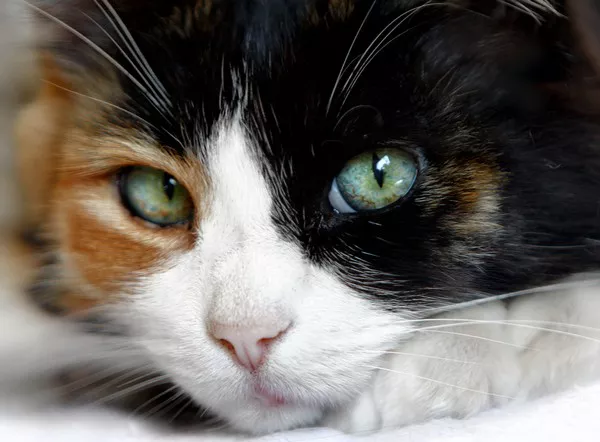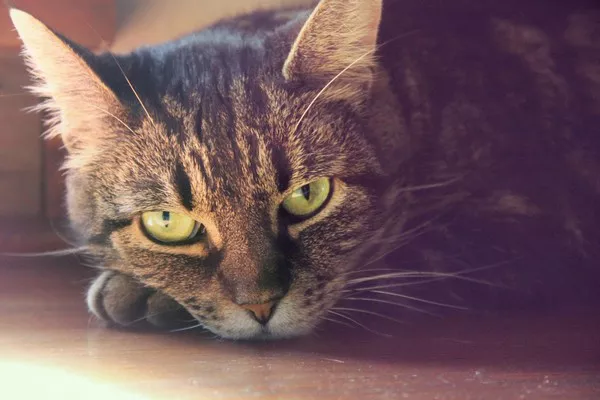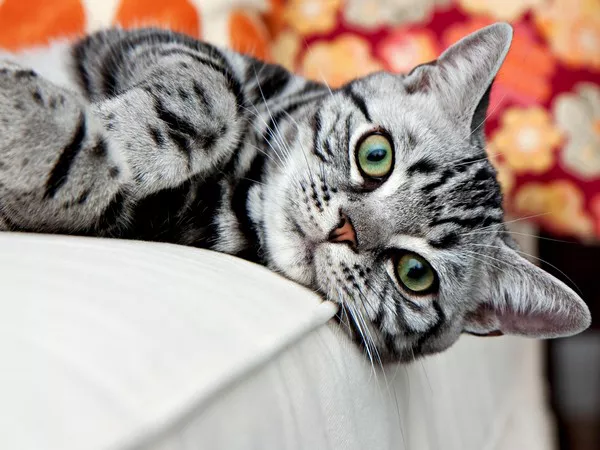Calico cats are renowned for their striking and unique coats, which often feature a blend of vibrant colors and intricate patterns. These captivating felines have long fascinated cat lovers and enthusiasts alike. In this article, we delve into the colorful world of calico cats, exploring the genetic basis behind their coat colors, the significance of their distinctive patterns, and the fascinating tales associated with these intriguing creatures.
1. Unveiling the Genetic Mystery:
At first glance, calico cats appear to be a medley of orange, black, and white fur. However, delving deeper reveals a complex genetic makeup responsible for their kaleidoscopic coats. Female calico cats possess two X chromosomes, whereas males carry one X and one Y chromosome. This fundamental difference plays a pivotal role in determining the colors and patterns exhibited by these felines.
2. The Role of X Chromosomes:
The inheritance of coat colors in calico cats is intricately linked to the unique interaction between the X chromosomes. Genes responsible for coat colors, such as orange (O), black (B), and non-orange (o), reside on the X chromosome. Due to the presence of two X chromosomes, female calico cats undergo a process called X-chromosome inactivation, resulting in patches of different colors across their bodies.
3. Patchwork Masterpieces:
The distinct coat patterns of calico cats, characterized by patches of various colors, are a result of random X-chromosome inactivation during early development. Each individual patch represents the expression of specific genetic combinations, leading to the diverse palette represented on the calico canvas. From classic calico to dilute and tortoiseshell variations, each pattern holds its own allure.
4. Tortoiseshell Beauties:
Tortoiseshell cats, often confused with calico cats, exhibit a mottled pattern of black and orange fur. Unlike calico cats, tortoiseshells lack the white coloration, making them an intriguing subset of the feline world. The genetic interplay between X chromosomes gives rise to these mesmerizing patterns, with variations ranging from vibrant to subtle combinations.
5. Rarity and Symbolism:
Calico cats are recognized for their rarity, adding to their mystique and symbolism in various cultures. In Japan, calico cats are revered as symbols of good fortune and are believed to bring wealth and prosperity to their owners. Similarly, in the United States, calico cats are considered lucky charms and have even held special positions as state cats in certain regions.
6. Calico Cats Beyond Genetics:
While genetics play a central role in determining the colors and patterns exhibited by calico cats, environmental factors can also influence their appearance. Nutrition, exposure to sunlight, and certain diseases can impact the intensity and overall vibrancy of their coats. Understanding these external influences can shed light on the range of appearances observed within the calico cat population.
7. Health Traits Associated with Calico Cats:
Beyond their aesthetic appeal, calico cats are also known to exhibit certain health traits. Studies have indicated that these felines may be more prone to specific genetic disorders, such as Feline Immunodeficiency Virus (FIV) and Polycystic Kidney Disease (PKD). Recognizing these potential health concerns allows for proactive measures to ensure the well-being of calico cats.
Conclusion:
The captivating allure of calico cats lies not only in their vibrant colors and intricate patterns but also in the genetic complexities that underlie their unique appearance. From the striking patchwork coats to the symbolic significance attributed to these felines, calico cats continue to captivate and inspire awe. As we unravel the mysteries behind their genetic makeup and appreciate their remarkable beauty, let us cherish these magnificent creatures and celebrate the kaleidoscope of colors they bring into our lives.






















